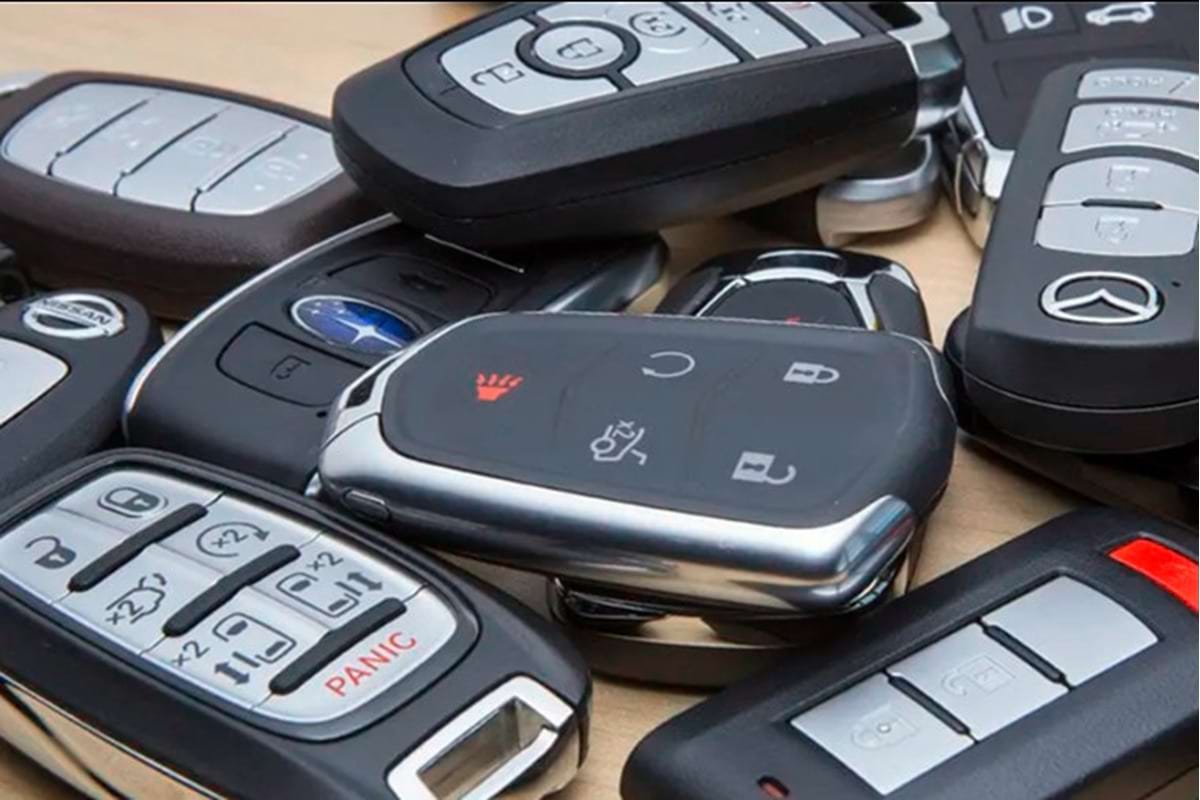A remote keyless entry system, commonly known as a key fob or a remote control, is a popular feature in modern cars that allows drivers to lock and unlock their vehicles with the touch of a button. But have you ever wondered how this technology works? In this article, we will explore the inner workings of remote keyless entry systems and explain how they operate.

The basic principle of a remote keyless entry system is simple. The system consists of a transmitter, which is usually built into a small handheld device called a key fob, and a receiver, which is installed in the vehicle. When the user presses a button on the key fob, the transmitter sends a signal to the receiver, which then performs the desired action, such as locking or unlocking the doors.
However, the technology behind remote keyless entry systems is more complex than it may seem at first glance. To ensure that the signal sent by the key fob is only received by the intended receiver, remote keyless entry systems use a variety of security measures.
One of the most common security measures used in remote keyless entry systems is encryption. Encryption is a process that transforms data into a code that is difficult for unauthorized parties to understand. In remote keyless entry systems, the transmitter and receiver use a shared encryption key to encode and decode the signals sent between them. This makes it difficult for hackers to intercept and interpret the signals sent by the key fob.
Another security measure used in remote keyless entry systems is frequency hopping. Frequency hopping is a technique in which the transmitter and receiver use a series of pre-determined frequencies to communicate with each other. The frequencies are changed rapidly and randomly, making it difficult for hackers to intercept and replicate the signals sent by the key fob.
In addition to encryption and frequency hopping, remote keyless entry systems also use rolling codes to ensure security. Rolling codes are a series of constantly changing codes that are generated by the transmitter and receiver. Each time the user presses a button on the key fob, a new rolling code is generated and sent to the receiver. This makes it virtually impossible for hackers to copy the code and gain access to the vehicle.
In conclusion, remote keyless entry systems are a complex and sophisticated technology that relies on a variety of security measures to keep vehicles secure. From encryption to frequency hopping to rolling codes, these systems use a range of techniques to ensure that only authorized users can access a vehicle. So the next time you use your key fob to lock or unlock your car, remember the intricate technology that is working behind the scenes to keep your vehicle safe.

 Englishen
Englishen











 No.991 Xingxiu Road,Taiwanese Investment Zone, Quanzhou, Fujian Province,P.R.China
No.991 Xingxiu Road,Taiwanese Investment Zone, Quanzhou, Fujian Province,P.R.China +86 13960286508
+86 13960286508
 3D Reality Showroom
3D Reality Showroom
